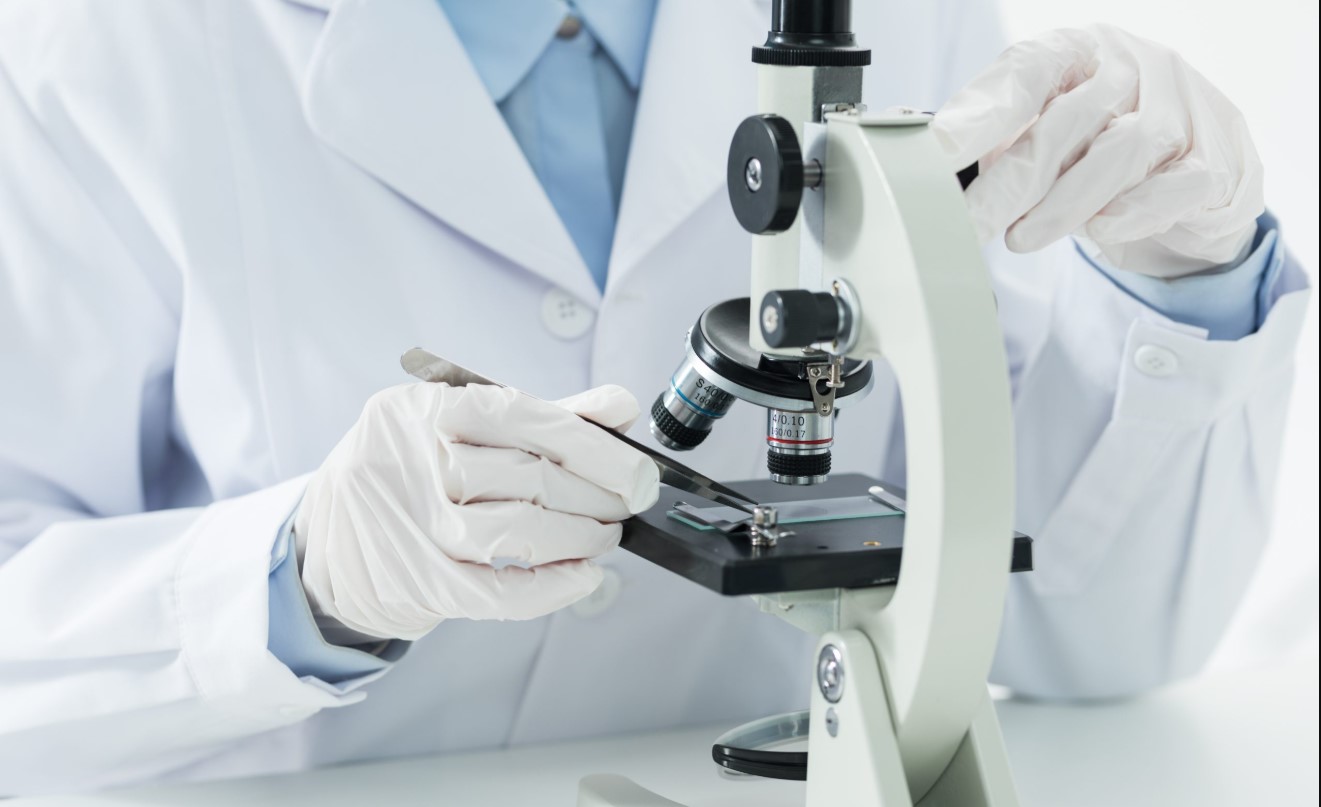Calls for Ukraine
Calls for Europe
Calls for USA

Researchers from Tokyo Metropolitan University have discovered that the movement of unlabeled cells can be used to determine whether they are cancerous or healthy. They observed malignant fibrosarcoma cells and healthy fibroblasts on a Petri dish and found that tracking and analyzing their movement trajectory can be used to differentiate them with up to 94% accuracy. In addition to diagnostics, this technique may also shed light on functions related to cell motility, such as tissue healing processes.
The results of the study are published in the journal PLOS One.
Although scientists and medical professionals have been looking at cells under a microscope for centuries, most studies and diagnoses have focused on the shape of cells, what they contain and where different elements are located within them. However, cells are dynamic, changing over time and are known to be able to move. By accurately tracking and analyzing their movement, we can differentiate cells whose functions depend on cell migration. An important example is cancer metastasis, where the motility of cancer cells allows them to spread.
However, this is easier said than done. First, studying a small subset of cells can give biased results. Any accurate diagnostic technique must rely on automated high-throughput tracking of a significant number of cells. Many methods use fluorescent labeling for this purpose, which makes cells much easier to see under a microscope. But this labeling procedure can itself affect their properties. The ultimate goal is an automated method that uses conventional unlabeled microscopy to characterize cell motility and show whether or not the cells are healthy.
Now a team of researchers at Tokyo Metropolitan University, led by Prof. Hiromi Miyoshi, has come up with a way to track cells using phase-contrast microscopy, one of the most common ways to observe cells. Phase-contrast microscopy is label-free, allowing cells to move around the Petri dish as close to their natural state as possible, and is independent of the optical properties of the plastic Petri dishes through which the cells are observed. Through innovative image analysis, the scientists were able to determine the trajectories of many individual cells. They focused on trajectory properties such as the speed of migration and the tortuosity of the trajectories – all of which encode subtle differences in deformation and movement.
For the experiment, they compared healthy fibroblast cells, a key component of animal tissues, and malignant fibrosarcoma cells, cancer cells that originate from fibrous connective tissue. They were able to show that the cells migrated in very different ways, characterized by the “sum of turning angles” (how curved the paths were), the frequency of shallow turns, and the speed of movement. In fact, by combining the sum of the turning angles and the frequency of shallow turns, they could predict whether a cell was cancerous or not with 94% accuracy.
The team’s work promises not only a new way to distinguish cancerous cells, but also applications in research into any biological function based on cell motility, such as wound healing and tissue growth.
Please rate the work of MedTour
